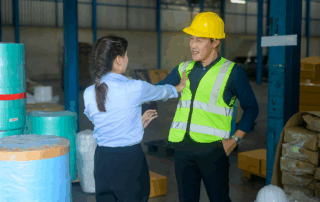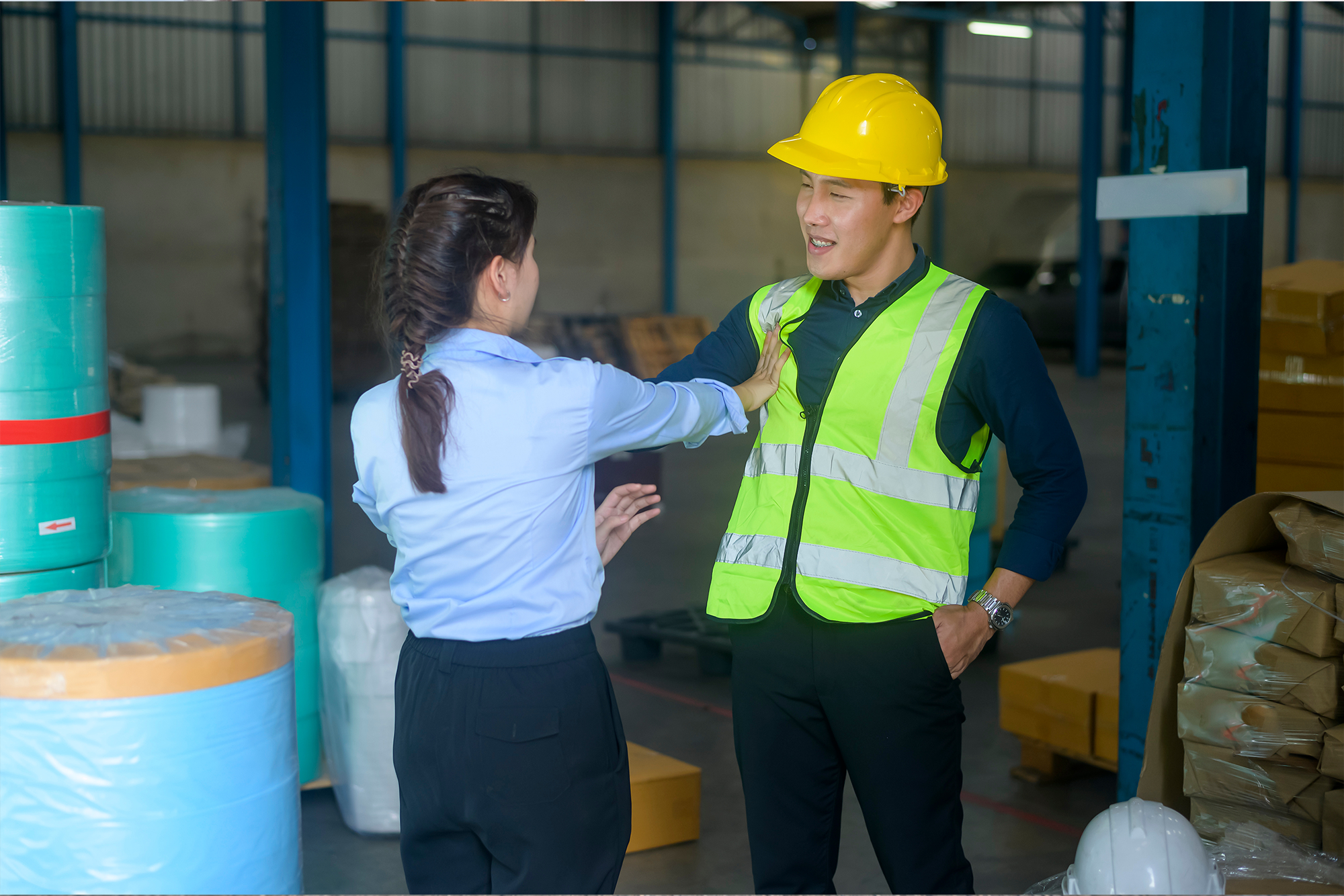Shale gas exploration represents vast economic opportunity and an environmental advantage over other fossil fuel sources. However, the extensive use of horizontal drilling and multi-stage hydraulic fracturing means that there are specific, unique risks involved in this type of drilling that are not present in low-pressure, low-volume drilling.
Balancing this opportunity with appropriate risk management strategies and risk transfer products is critical in order to have the necessary protection in case of an environmental event. Before you invest in or explore shale gas extraction, consider some of the most common risks:
- Bending of the steel pipe: The pipe must fit into a small-diameter hole and curve into the horizontal leg. Although improvements have been made to steering tools used in placing the pipe in horizontal wells, the bend is susceptible to failure under high pressure if not installed to the highest standards.
- Inadequate integrity of pipe and casings: Due to shortages, some contractors buy foreign-made supplies that may not be fabricated or rolled to American Petroleum Institute (API) specifications. Additionally, if strings of casing are mixed between sources, this can cause breaches. It is important to review the casing program to determine which specific pressures can be applied and limit the squeeze pressures to a level below that for which the pipe is designed.
- Perforation of steel casing: The cyclical stress on the casing can cause perforations. Casing must be manufactured to API standards, but repeated high pressure of 8 to 12 thousand pounds can build up stress on the casing. If the casing is perforated, the inside of the pipe can be exposed to the outer rock.
- Fracturing through intermediate casing: Intermediate casing generally has a lesser internal yield or burst pressures, and once it is drilled through, it has even less. A good casing program should not allow for fracturing through intermediate casing.
- Surface valve failure: Having the ability to control fracking operations at the surface is important. As part of your risk management program, provide for redundancy in frac valves at the surface in order to have backup if one becomes inoperable.
- Employee injuries: At the surface, injuries can be caused by blowout preventer malfunction, hose bursts, manual moving of fracturing fluid additives, fleet and transportation accidents to and from the job site and environmental exposures such as heat exhaustion.
- Public nuisance claims: Damage may be caused to neighboring properties by trucks.
- Vehicle accidents: If you have drivers who do not have extensive experience driving on rough terrain, you are especially exposed to this risk.
- Environmental concerns: Multiple federal, state and local governmental rules address environmental protection during shale gas operations, including rules covering well permitting, well materials and construction, safe disposition of used hydraulic fracturing fluids, water testing, and chemical recordkeeping and reporting. Other environmental concerns include the following:
- Chemical spills causing pollution of local pond and irrigation canals
- Natural gas or fracturing chemicals seeping into the water table
- Natural gas leaking into municipal drinking water
- Inappropriate disposal of fracturing mixture
- High water volume required
Transferring Risk
A standard commercial general liability (CGL) policy may not cover all the risks associated with shale gas exploration and production because they generally provide “sudden accidental coverage” and have a defined reporting and discovery period, sometimes as little as seven days for reporting and 72 days for discovery.
Contact INSURICA today to learn more about your oil and gas coverage options.
This is not intended to be exhaustive nor should any discussion or opinions be construed as legal advice. Readers should contact legal counsel or an insurance professional for appropriate advice. © 2024 Zywave, Inc. All rights reserved.
About the Author
Share This Story
Related Blogs
Trump Administration Reshapes Health Plan Oversight
The Trump administration has issued a series of executive orders aimed at recalibrating federal oversight of employer-sponsored health plans. These directives target unpublished rules and agency enforcement priorities, signaling a shift toward deregulation and increased flexibility for plan sponsors.
Keeping Our Workplace Violence-Free
Although we do our best at to keep the workplace safe, violence inflicted by an outsider or between employees remains a serious safety and health issue. It can occur inside or outside the workplace and can range from threats and verbal abuse to physical assaults and homicide. In fact, according to the United States Department of Labor, workplace violence is the fourth-leading cause of fatal occupational injury in our country.
Understanding Educators Legal Liability (ELL)
Educators face unique professional exposures that go beyond standard general liability. That’s where Educators Legal Liability (ELL) coverage comes in. Understanding Educators Legal Liability is critical for school administrators, as it protects against claims related to employment practices, student rights, professional duties, and more. From wrongful termination to student disciplinary disputes, ELL can provide defense and indemnity for claims that other policies may exclude.








